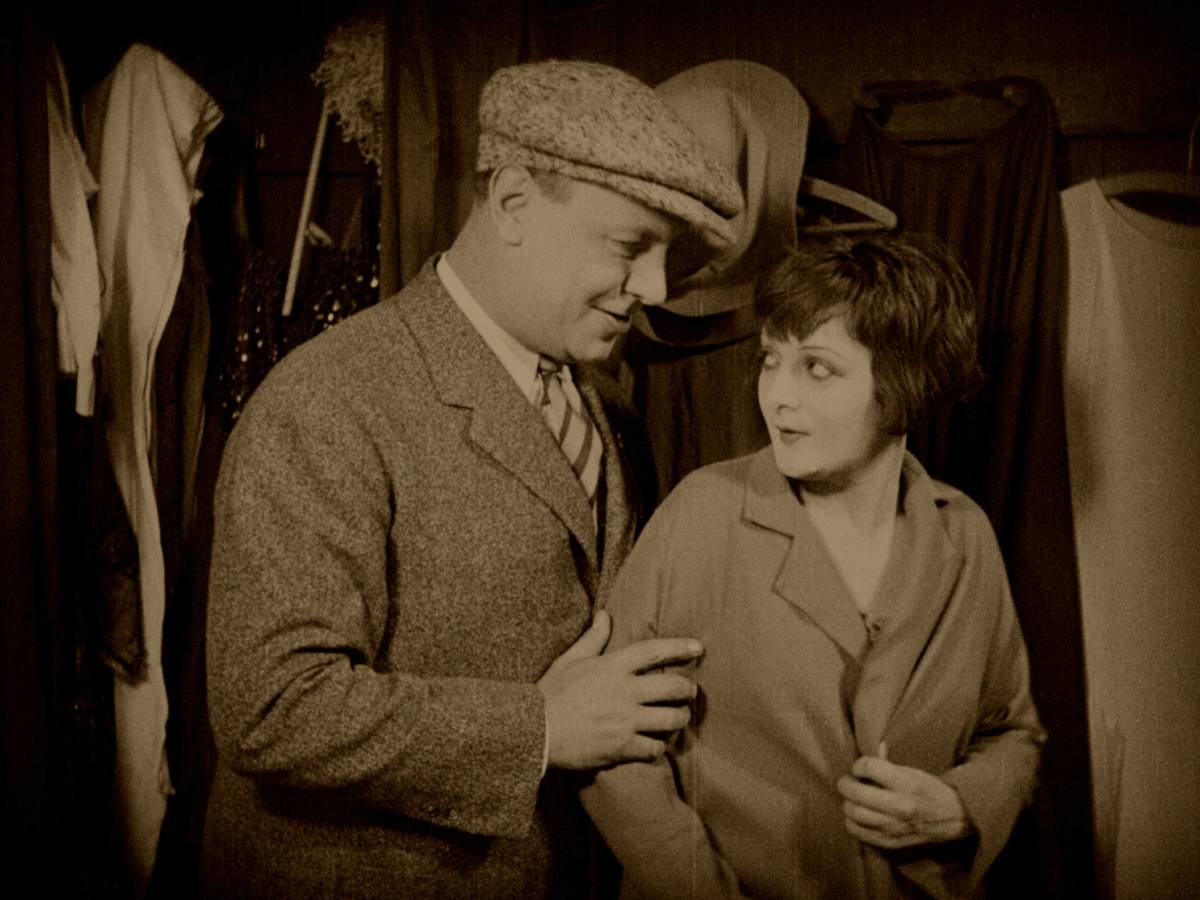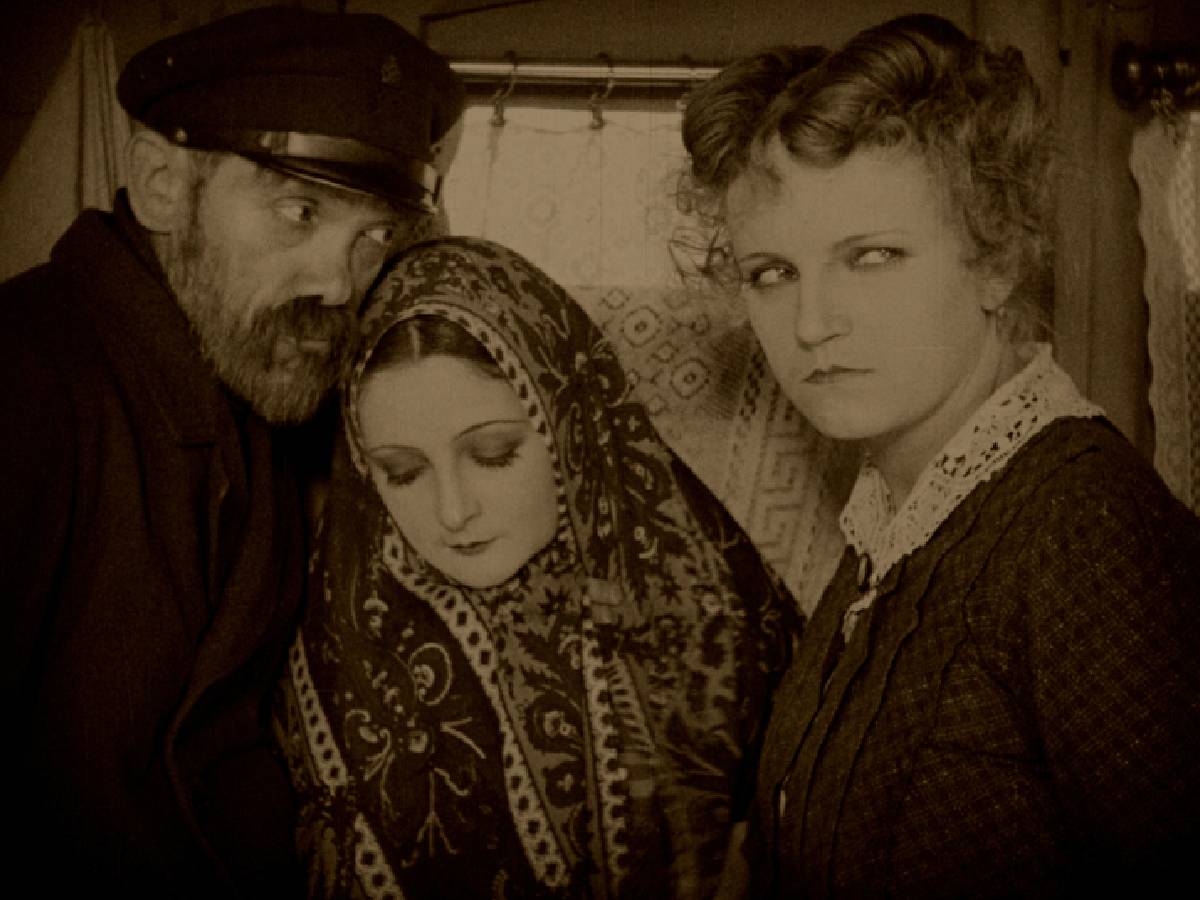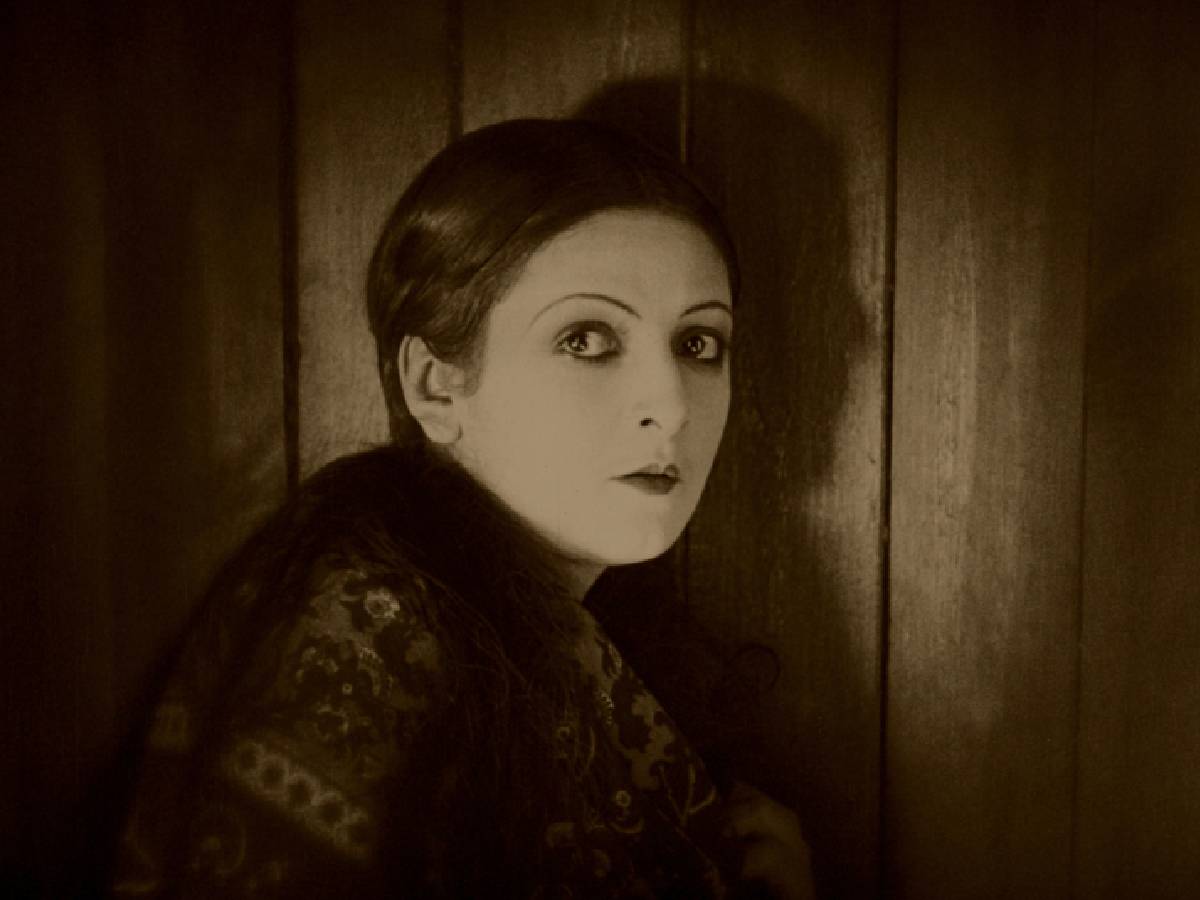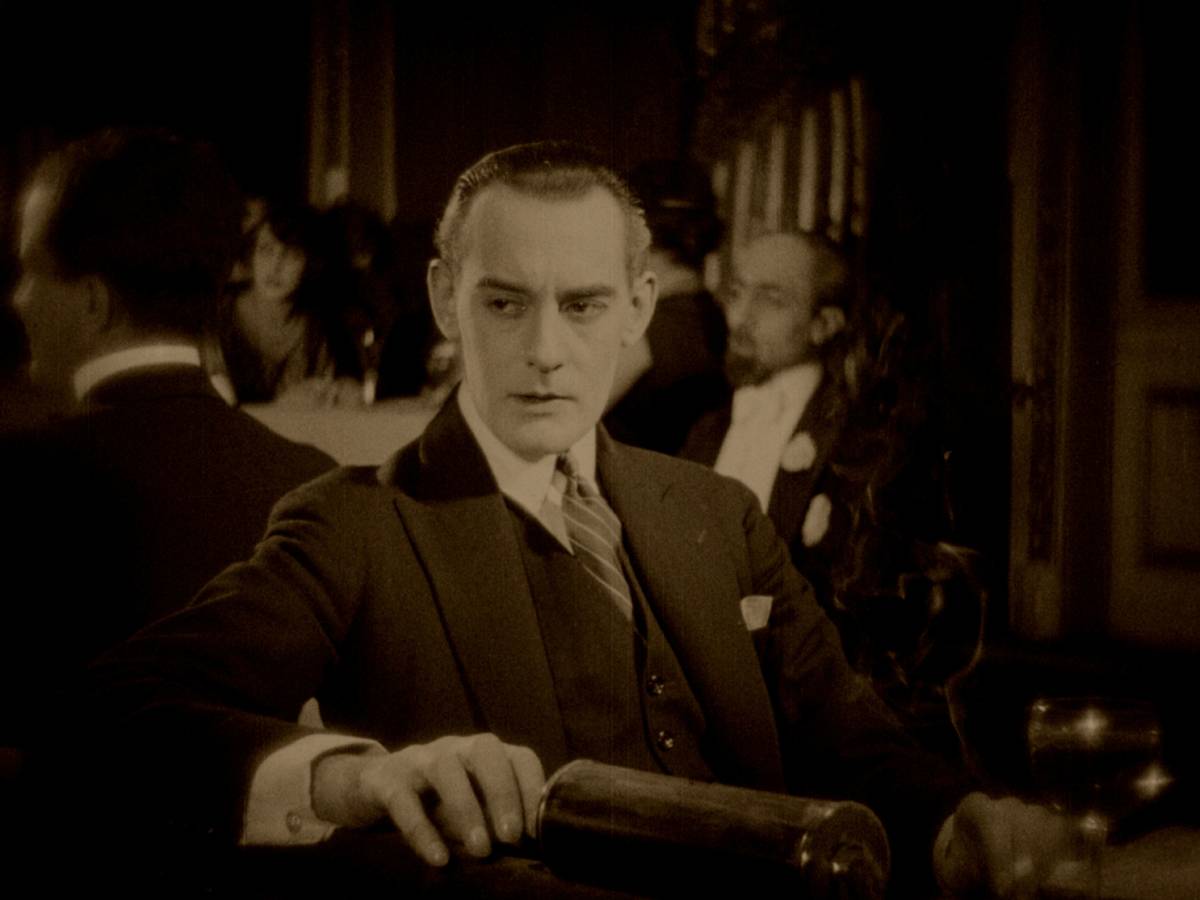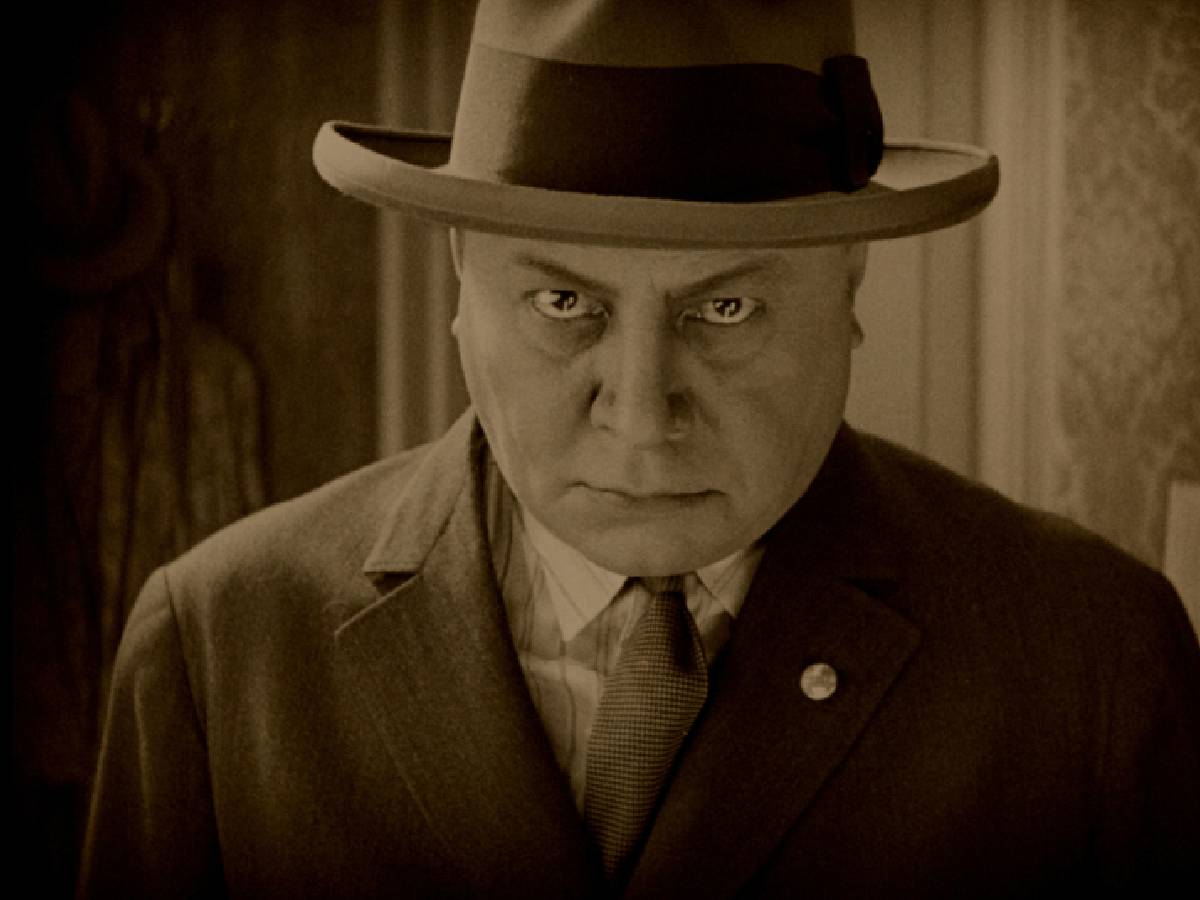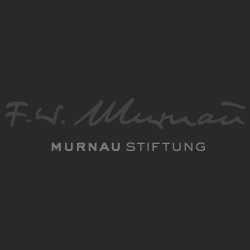Varieté
Varieté
Germany, 1925, 95 Minutes
VARIETÉ is a classic of German silent cinema, which went down in film history for its spectacular shots in the dome of the 'Wintergarten', Berlin's largest vaudeville theater of the 1920s. The film tells of the unhappy love of a trapeze artist for a young woman. The new orchestral music is by Australian composer Elena Kats-Chernin (*1957), who has written many ballet and stage scores (including for Schauspiel Bochum and Burgtheater Vienna) and is especially recommended for this film with its virtuosically mounted vaudeville shots.
Former trapeze artist Huller has been in prison for 10 years for murder. He has a chance for a pardon and has to tell his life story for it: Huller was temporarily unable to perform due to an accident, and he scraped by with his wife and child as a show booth owner on St. Pauli. Sailors bring an attractive girl to him, she performs for him as a dancer. Huller falls in love with the seductive Berta-Marie and leaves his family for her. Both find an engagement in the renowned Berlin Varieté Wintergarten, where they celebrate great successes as a trio with the artist Artinelli. When Huller learns that Berta-Marie is cheating on him with Artinelli, he kills him and turns himself in to the police.
VARIETÉ is one of the most beautiful films of German silent cinema - spectacularly shot on original locations and thrillingly staged. The shots in the Wintergarten Varieté are legendary, shot by the leading cameramen of the time: Carl Hoffmann, Robert Baberske and Karl Freund, who had developed the technique of the "unleashed camera" in F. W. Murnau's film classic THE LAST MAN, which had been made shortly before. Emil Jannings and Lya de Putti were the most prominent German actors of their time. The film paved the way for them, as it did for director E. A. Dupont, paved the way to Hollywood.
Born in Uzbekistan and trained in Germany, composer Elena Kats-Chernin writes her music for the cast of the WDR Funkhausorchester. She is also a musical cosmopolitan, writing polystylistic music characterized by strong rhythm and colorful instrumentation. With her penchant for stage and ballet music, Elena Kats-Chernin has a special talent for silent film music, which she has successfully demonstrated in three silent film classics ('Menschen am Sonntag', 'Abwege', 'Der Fuhrmann des Todes').
Varieté
Film score for orchestra (2022) to the 1925 film of the same name by E. A. Dupont.
Duration: ca. 95 minutes
2.2.2.2 - 4.3.3.0 - Timpani, 3 Percussion - Harp, Piano - Strings (10.8.6.5.4)
Percussion 1: cymbals - suspended and unsuspended hi-hat, bass drum, tambourine, maracas, 1 or 2 log drums, snare drum, guiro, triangle, 2 high toms or bongos tam-tam, 2 wood blocks, metal wind chimes, sand blocks (or cabassa), timbales, flexatone
Drums 2: Hi-Hat, 2 Toms, 2 Cowbells, Triangle, Clap Castagnets, Cymbals, 2 Wood Blocks, Tam-tam, 2 High Drums, 2 Temple Blocks, 2 Brake Drums, Guiro, Metal Wind Chimes. Broken ceramic cups - for the effect of crushing dishes Pots and pans, Snare Drum, Crash Cymbals, Tambourine, Maracas, Cabassa
Percussion 3: triangle, vibraphone - mallets, cluster with claves, bowed with double bass glockenspiel tubular bells, xylophone, tambourine, maracas, ratchet
Music publisher: © 2023 Boosey & Hawkes Bothe & Bock
Distribution by 2eleven edition musiQ
Ewald Andreas Dupont (1891-1956) grew up in Berlin. He made his directorial debut in 1918 with the 12-part Max Landa detective series. Starting in 1920, he made nine films at Gloria-Film GmbH, including DER WEISSE PFAU (1920), DIE GEIER WALLY (1921) and DAS ALTE GESETZ (1923, with Ernst Deutsch and Henny Porten). In 1924 Dupont runs a vaudeville theater in Mannheim for one season, which is artistically successful but a financial failure. 1925 sees the production of his most famous film, VARIETÉ, which becomes a great success in Europe and the USA.
This success secured Dupont a three-year contract with Universal in Hollywood and, from 1928, a contract with British International Pictures (BIP). Here he directs MOULIN ROUGE with Olga Chekhova, another film in the vaudeville artist milieu. PICADILLY (1928) is Dupont's last silent film. He shoots his first sound films, ATLANTIC, TWO WORLDS and CAPE FORLORN for the BIP in three languages each: English, French and German. Director Ewald André Dupont is one of the greatest directorial talents of Weimar cinema and was as prominent in his time as Lang or Lubitsch. The forced emigration plunges Dupont into a deep crisis. He had hardly any directing assignments left and died impoverished in Hollywood in 1956.
Elena Kats-Chernin is one of Australia's leading composers. Trained in Moscow, Australia and Germany, she has developed her own distinctive style. Her diverse body of work includes operas, orchestral works, chamber and solo pieces, and music for dance, film, and theater. Performers include Ensemble Modern, the Bang on a Can All-Stars, and the Sydney Symphony Orchestra
Credits
- Direction, Screenplay:
E. A. Dupon - Score music (2021):
Elena Kats-Chernin - Actor's:
Emil Jannings (Huller), Lya de Putti (Berta-Marie), Warwick Ward (Artinelli), Georg John (Seemann), Kurt Gerron (Hafenarbeiter) - Music Production:
Thomas Schmölz, 2eleven music film

